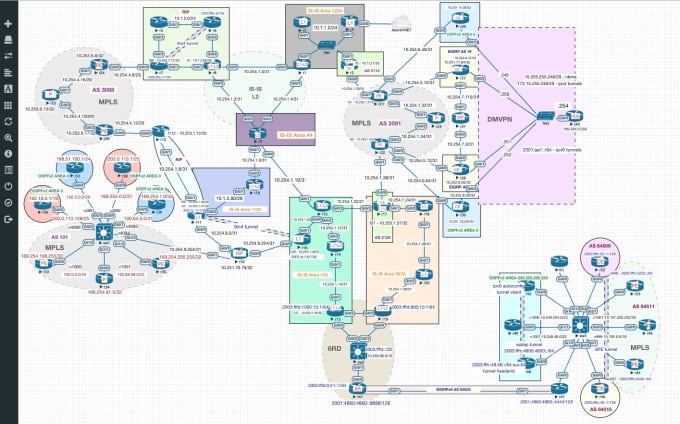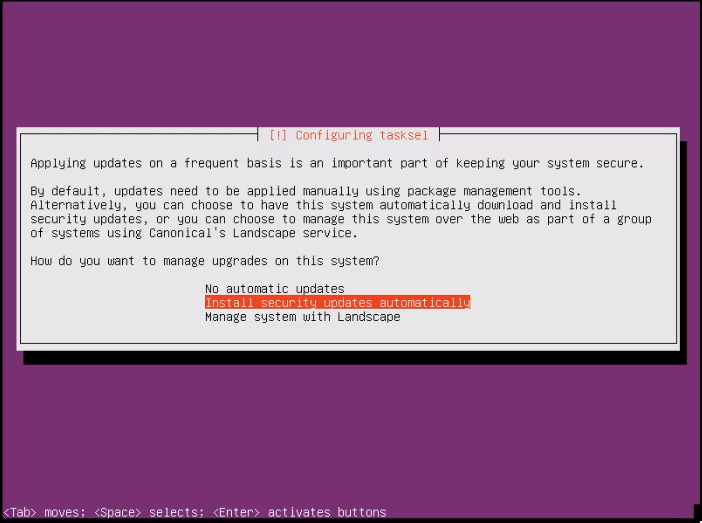

Next, we need to install EvE-NG PRO on our Ubuntu 18.04 server.
#INSTALL EVE NG ISO#
STEP 2 (optional) - Install EvE-NG PRO on top of Ubuntu 18.04 (If the ISO doesn't work) Please reference the EVE-NG Cookbook for more details. You should now have EVE-PRO fully installed. Once this is saved, restart the SSH service with the following command: service ssh restart To save your changes use ctrl+o, then use ctrl+x to exit the editor. Once inside the Nano text editor, set the following attribute PermitRootLogin yes To do this, enter the following commands: nano /etc/ssh/sshd_config To enable SSH access using the root account, you need to change the SSH configuration file. From here, be sure to use the root account for all the upcoming installation steps. sudo suĮnter the new root account password, confirm it and you have successfully reset the root account password. Once logged in, run the following commands to change the root password. Next, login using the account you created during the install. Once the installation is complete you can remove the USB drive and log into the CLI of your new Ubuntu 18.04 server installation. Once you boot the system onto the USB, follow the prompts to install EVE PRO on Bare Metal. NOTE: You may need to enter the system bios and enable booting from USB. Once the USB drive is prepared, insert it into an available USB port on your target machine.
#INSTALL EVE NG SOFTWARE#
Next, you will need software than can write this. Once this file is downloaded, you'll need a USB drive with at least 4 GB of memory.


The first step is to download the following EvE-Pro image file. Since I want the utmost performance that I can achieve using the server that I have purchased, I wanted to install the EvE-NG directly onto the server, with no software layer or hypervisor limiting my performance. Your lab needs (project complexity, number of nodes running, et cetera).However when you are running an application like EvE-NG, which in essence is a hypervisor itself, it is highly recommended to install this directly onto your server, depending on a variety of factors such as: Now, depending on the application itself, it may make sense to deploy it on a virtual server built on a hypervisor or containerize it using Docker. There is no software layer between your application and the components of the server, which gives way for far better stability and performance.
#INSTALL EVE NG FULL#
When we run our application directly on bare metal, we are giving it full access to all the resources of the server. Oracle Virtual Box is a free type 2 hypervisor. Applications like VMWARE ESXi are type 1 hypervisors.Ī Type 2 Hypervisor runs on top of an operating system, such as Windows 10.

There are two types of Hypervisor Type 1 and Type 2.Ī Type 1 Hypervisor is said to be run directly on bare metal. In a server application, we need to make a distinction between applications are installed directly onto the server and those that are installed on a hypervisor.Ī Hypervisor is software that can virtualize operating systems and other platforms. View this article on the Tor's Tech Talk website.īare metal refers running software directly on computer hardware.


 0 kommentar(er)
0 kommentar(er)
